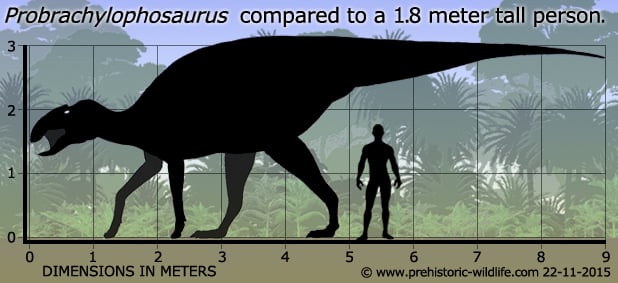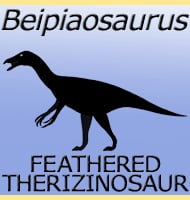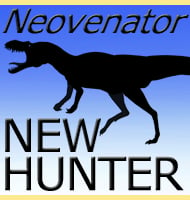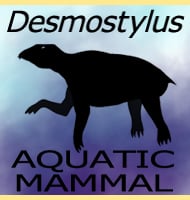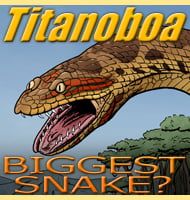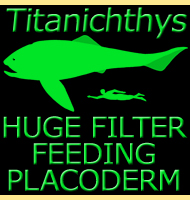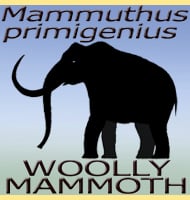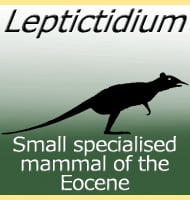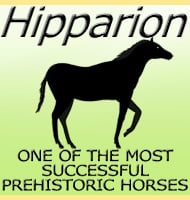In Depth
When described in 2015, Probrachylophosaurus made headlines around the world, when it was often dubbed ‘superduck’. This was because Probrachylophosaurus was proposed to be the transitional link between the non-crested genus Acristavus, and the later Brachylophosaurus which has a flat paddle shaped bony crest. Probrachylophosaurus itself has a much smaller triangular crest which shows us how the crest of Brachylophosaurus developed. The name Probrachylophosaurus can be broken down to simply mean ‘Before Brachylophosaurus’. Brachylophosaurus itself means ‘’short crested lizard’, so an alternate translation for Probrachylophosaurus can be ‘before short crested lizard’.
Probrachylophosaurus is classed as a saurolophine hadrosaurid dinosaur, a kind typified by solid crests of bone, usually small, and sometimes absent in some genera. The crest in Probrachylophosaurus was comparatively small when compared to the later Brachylophosaurus, but while we know the extent of the bony part, we don’t yet know if this was a support for a larger fleshy display structure. This question has now been raised for many saurolphine hadrosaurs ever since it was confirmed that at least one species of the saurolophine hadrosaur Edmontosaurus had a fleshy comb on top of its head where other genera have bony crests.
Analysis of the growth patterns in the bones of the holotype have indicated that this individual was about fourteen years old when if died. Further analysis however also shows that this individual was not fully grown, and that while the holotype individual has been estimated to be about nine meters long, even older animals might possibly slightly larger.
Further Reading
- A New Brachylophosaurin Hadrosaur (Dinosauria: Ornithischia) with an Intermediate Nasal Crest from the Campanian Judith River Formation of Northcentral Montana. - PLOS ONE, 2015; 10 (11). - Elizabeth A. Friedman Fowler & John R. Horner - 2015.
